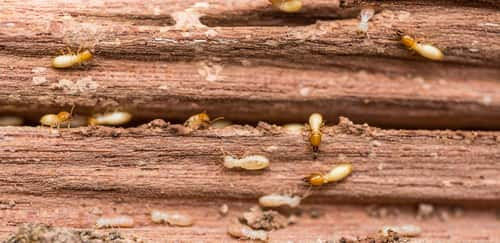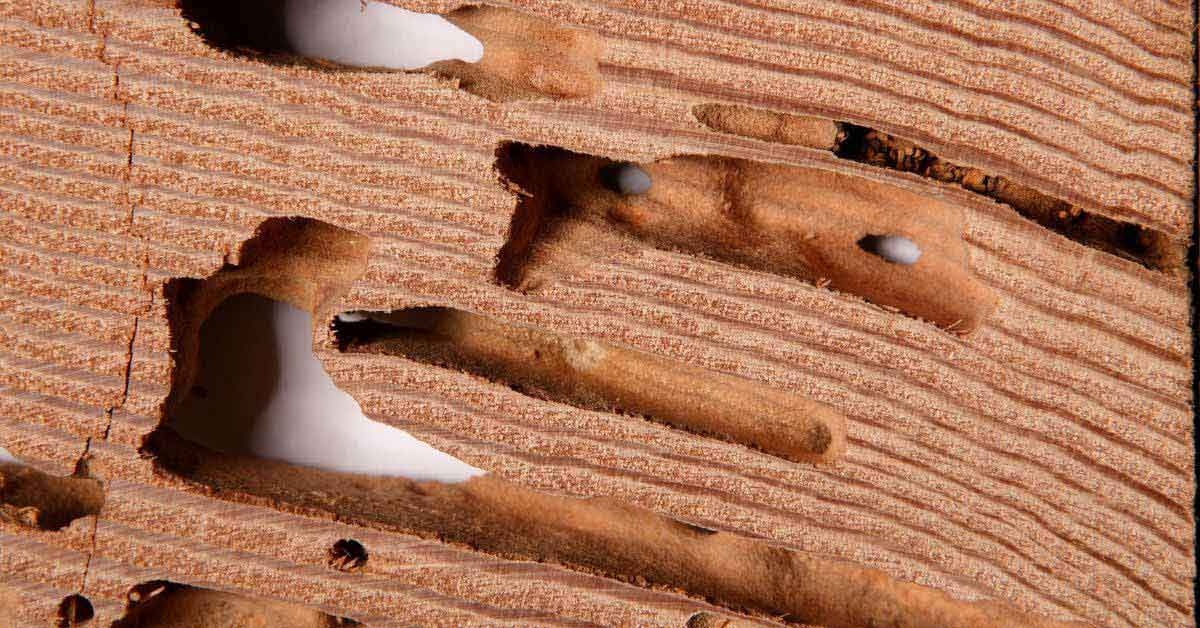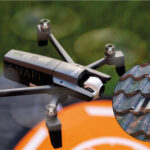Termites, the tiny pests that often go unnoticed, are among the most destructive creatures when it comes to homes and buildings. These silent destroyers can wreak havoc on wooden structures, causing extensive damage and financial losses to homeowners. In this article, we will explore the world of termites, their behavior, the signs of infestation, and various methods to detect and prevent their invasion.
What are Termites?

Termites are social insects that belong to the order Isoptera. They have been around for millions of years and play a crucial role in the ecosystem by breaking down dead plant material. There are over 2,700 species of termites, classified into three main groups: subterranean, drywood, and dampwood termites.
The Behavior of Termites
1. Feeding Habits
Termites primarily feed on cellulose, a substance found in wood and plant matter. They have special enzymes and bacteria in their gut that help them digest cellulose, enabling them to survive on this diet.
2. Nesting Behavior
Termites build nests to live in and raise their colonies. The nests can vary from simple mounds to complex underground structures. Subterranean termites build their nests underground to maintain moisture levels, while drywood termites create nests inside the wood they infest.
3. Reproduction and Colony Structure
Termite colonies consist of different castes, including workers, soldiers, and reproductive individuals. The queen termite is responsible for laying eggs and can live for several years, while workers and soldiers take care of the colony and protect it from threats.
Signs of Termite Infestation
Detecting termite infestation early is essential to prevent severe damage to your home. Look out for the following signs:
1. Wood Damage

Termites feed on wood from the inside out, leaving a thin layer of wood or paint on the surface. Tap on suspicious wood with a screwdriver; if it sounds hollow, it might indicate termite damage.
2. Mud Tubes
Subterranean termites construct mud tubes on surfaces like walls and foundations to provide moisture and protection while they travel between their nest and food source.
3. Discarded Wings
After swarming, termites shed their wings. Finding discarded wings near windows and doors could be a sign of a nearby termite colony.
The Dangers of Termite Infestation
The presence of termites in your home poses several risks, including:
1. Structural Damage to Homes
Termites can compromise the structural integrity of a building by weakening wooden support beams, floors, and ceilings.
2. Financial Impact
Repairing termite damage can be costly, and in severe cases, it may even affect the resale value of your home.
3. Health Risks
While termites don’t directly harm humans, their presence can lead to mold growth, which can trigger respiratory problems.
How to Detect Termites
Identifying termite infestation in its early stages is crucial to preventing extensive damage. Here are some methods to detect termites:
1. Visual Inspection
Regularly inspect wooden structures, both indoors and outdoors, for signs of termite damage.
2. Using Moisture Meters
Termites thrive in damp environments. Use moisture meters to identify areas with high moisture levels that might attract termites.
3. Termite Bait Stations
Bait stations can help monitor termite activity and detect infestations early on.
4. Professional Inspection
Hire a professional pest control expert for a thorough inspection of your property, especially if you suspect termite activity.
5. Preventive Measures Against Termites
Preventing termite infestation is more effective and economical than dealing with an existing one. Here are some preventive measures:
6. Eliminating Moisture Sources
Repair leaks and drainage problems to reduce moisture, as termites are attracted to damp environments.
7. Removing Wood-to-Ground Contact
Avoid direct wood-to-ground contact in construction to prevent easy access for termites.
8. Regular Home Maintenance
Keep your home well-maintained, fixing any cracks, leaks, or damaged wood promptly.
9. Using Termite-Resistant Materials
Opt for termite-resistant materials when building or renovating your home to minimize the risk of infestation.
Natural Remedies for Termite Control
For those looking for eco-friendly options, there are some natural remedies that can help control termites:
1. Nematodes
Nematodes are microscopic worms that feed on termite larvae, effectively reducing termite populations.
2. Orange Oil
Orange oil contains a compound that can kill termites on contact, making it an effective natural remedy.
3. Boric Acid
Boric acid disrupts termites’ digestive systems and can be used as a termite treatment.
Chemical Treatments for Termite Control

Chemical treatments are often more powerful and suitable for severe infestations. Some common options include:
1. Liquid Termiticides
Liquid termiticides create a barrier that prevents termites from entering your home.
2. Termite Baits
Termite baits contain slow-acting toxins that are carried back to the colony, effectively exterminating it.
3. DIY Termite Prevention Tips
While professional help is essential for severe infestations, here are some DIY prevention tips:
4. Sealing Cracks and Crevices
Seal any gaps or cracks in your home’s foundation and walls to deny termites entry points.
5. Proper Landscaping
Keep shrubs and trees well-trimmed and away from the house to prevent termites from using them as bridges.
6. Installing Physical Barriers
Metal barriers or screens can deter termites from entering your home.
7. Keeping Firewood Away from the House
Store firewood and other wooden materials at least 20 feet away from your home to avoid attracting termites.
8. Professional Termite Treatment Options
For severe infestations, it’s best to seek professional assistance. Some treatment options they might use include:
9. Fumigation
Fumigation involves using gas to exterminate termites in the entire structure.
10. Heat Treatment
Heat treatment raises the temperature to a level that kills termites without damaging the building.
Electromagnetic Termite Barriers
Electromagnetic barriers emit signals that repel termites, creating a protective perimeter.
Termite Control Costs and Considerations
The cost of termite treatment can vary depending on several factors:
Factors Affecting Costs
Treatment costs depend on the extent of the infestation, the size of the property, and the chosen treatment method.
Hiring a Pest Control Professional
Always hire a reputable and experienced pest control professional for the best results.
Termite-Resistant Construction Practices
Building a home with termite-resistant features can greatly reduce the risk of infestation:
Concrete Slab Construction
Building on concrete slabs makes it harder for termites to access the wooden components of your home.
Treated Lumber Usage
Using pressure-treated lumber can deter termites from infesting your home.
Metal Termite Shields
Metal shields can be installed to prevent termites from reaching wooden elements.
Conclusion
Termites might be tiny, but they are incredibly destructive. Identifying and preventing termite infestations is essential for safeguarding your home’s structural integrity and avoiding significant financial losses. Regular inspections, maintenance, and professional assistance can go a long way in keeping these silent destroyers at bay.
FAQs
Can I handle termite infestations on my own?
While DIY methods can help prevent minor infestations, severe ones should be handled by pest control professionals.
Are termite treatments safe for pets and children?
Most professional treatments are safe once they have dried. However, keep pets and children away during application.
How can I ensure my home remains termite-free after treatment?
Regular inspections, maintenance, and preventive measures are key to keeping termites away.
Do all termite species cause the same damage?
While different termite species have distinct behaviors, they all have the potential to cause significant damage to wooden structures.
Are there any long-term effects of termite infestations on health?
Termites themselves are not harmful to health, but their presence can lead to mold growth, which can cause respiratory issues.



